Canada is home to 16 species of owls.
Not only are these wide-eyed wonders mesmerizing to watch, they also are also natural pest controllers, preying on rodents, rabbits and insects. If your property includes plenty of trees, you can easily create a haven for owls. However, before rolling out the welcome mat, consider the risks surrounding your property that might put their safety in danger.
Owls face dangers from road collisions to pesticides and also secondary poisoning. If you live by a busy road, have nearby farms using chemicals or rodenticide, attracting owls could accidentally harm them. If you have small pets or chickens, think twice – they might attract unwanted attention from these feathered hunters.
Give Them a Place to Nest
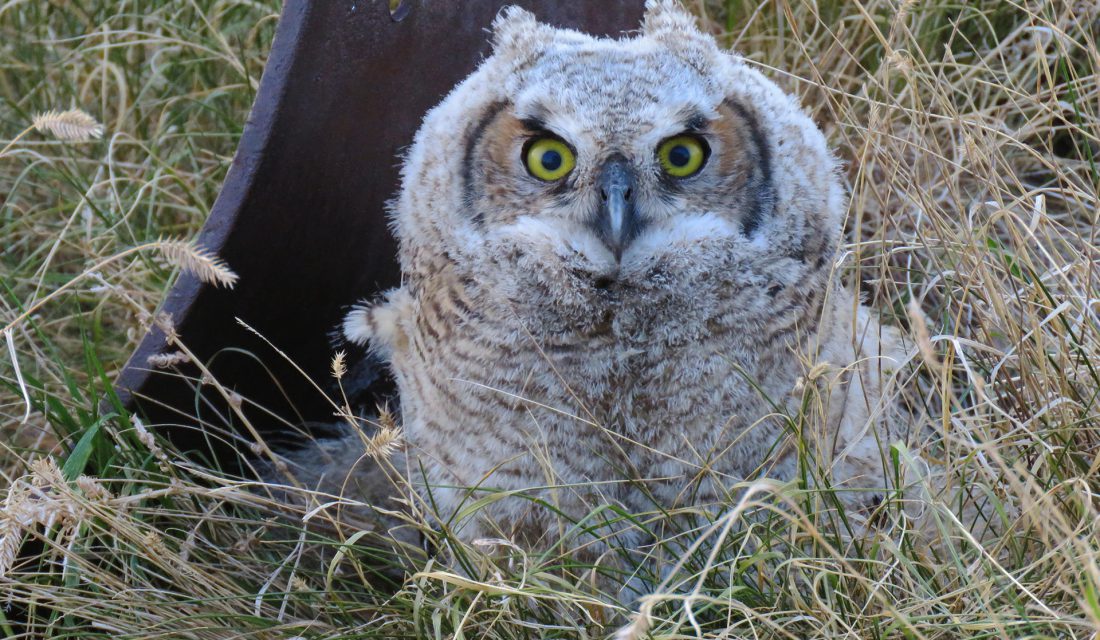
Owls love a cozy spot to nest. Secure a box to a tree or post in a wooded area, filling it halfway with wood shavings. Install it by late winter, so it’s ready for nesting season come spring. You might attract species like Barred Owls or Barn Owls.
Offer Safe Resting Spots
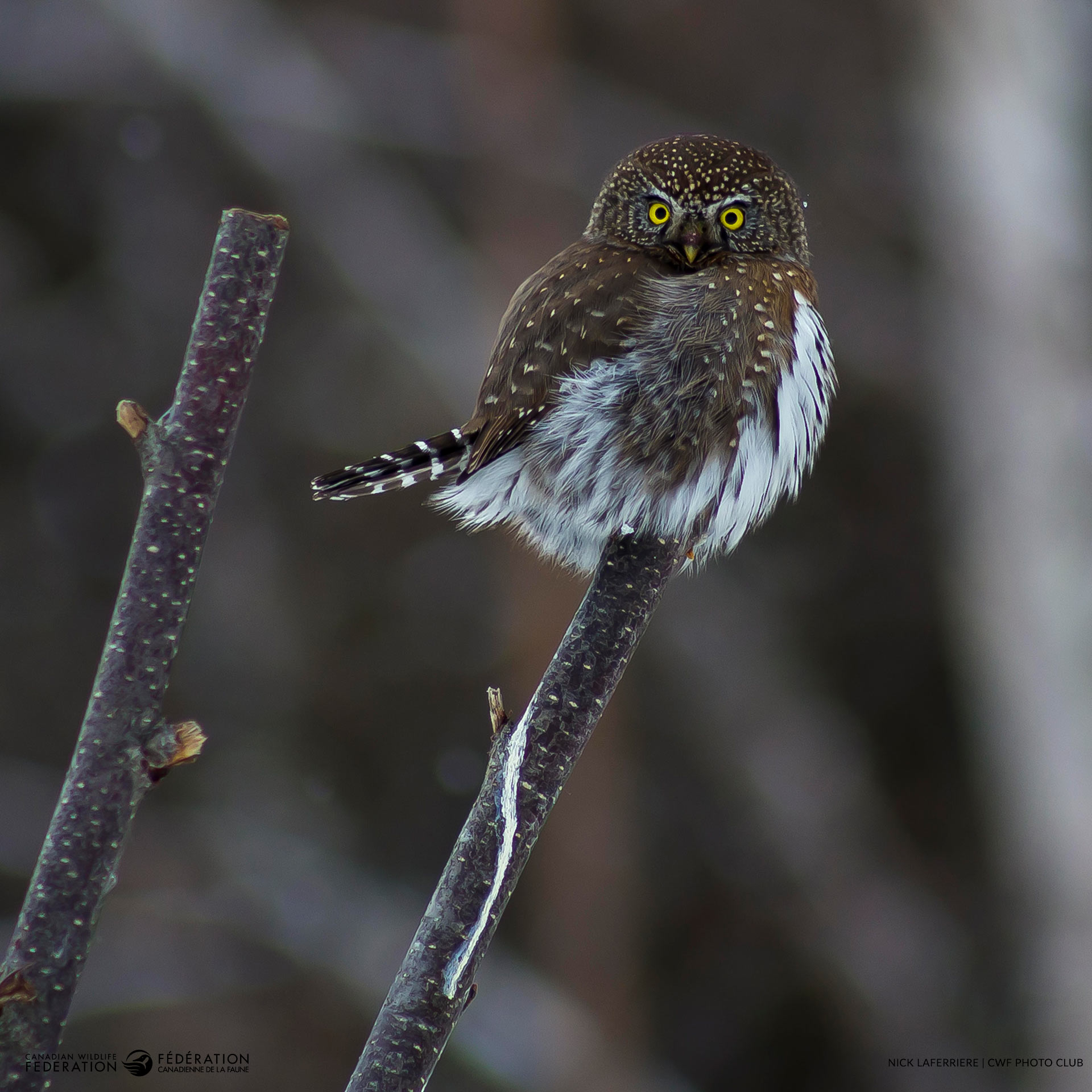
Owls thrive in areas with trees – especially evergreens and dead trees, where they can perch on branches, hunt and escape poor weather. They also use fence tops and tall posts as lookouts. Avoid cutting down trees in your yard unless they are a safety hazard. If your yard lacks trees, consider planting a few to make it more owl-friendly.
Keep the Lights Down
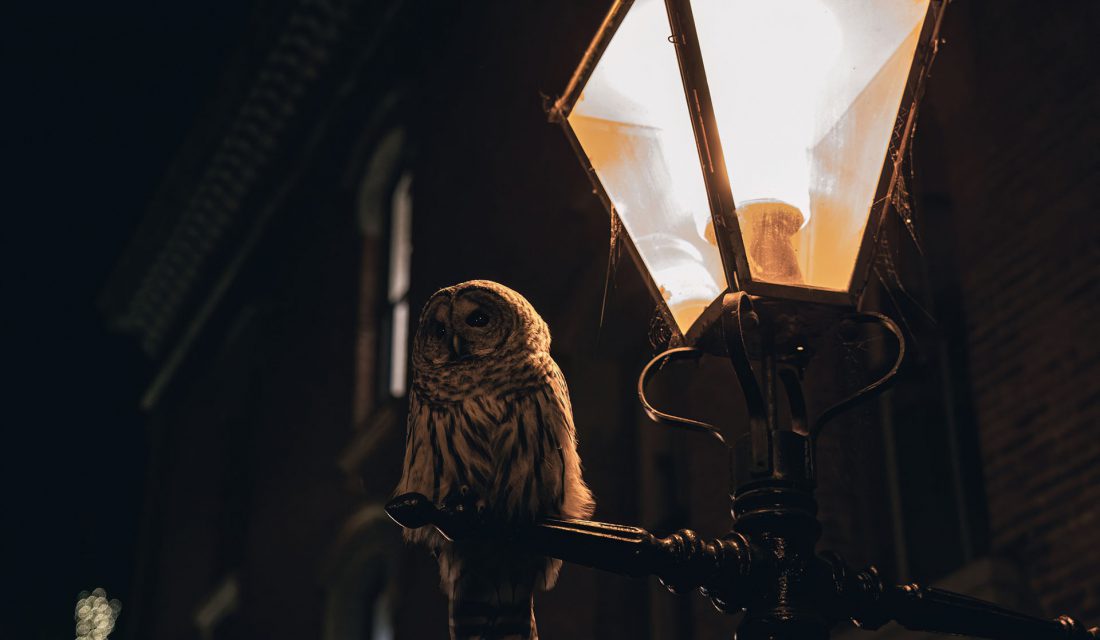
Owls are made to hunt in the dark, relying on their sharp vision and acute hearing for nighttime hunting. Outdoor lights can scare them off, so keep lighting to a minimum, especially near wooded areas.
Ditch the Rat Poison
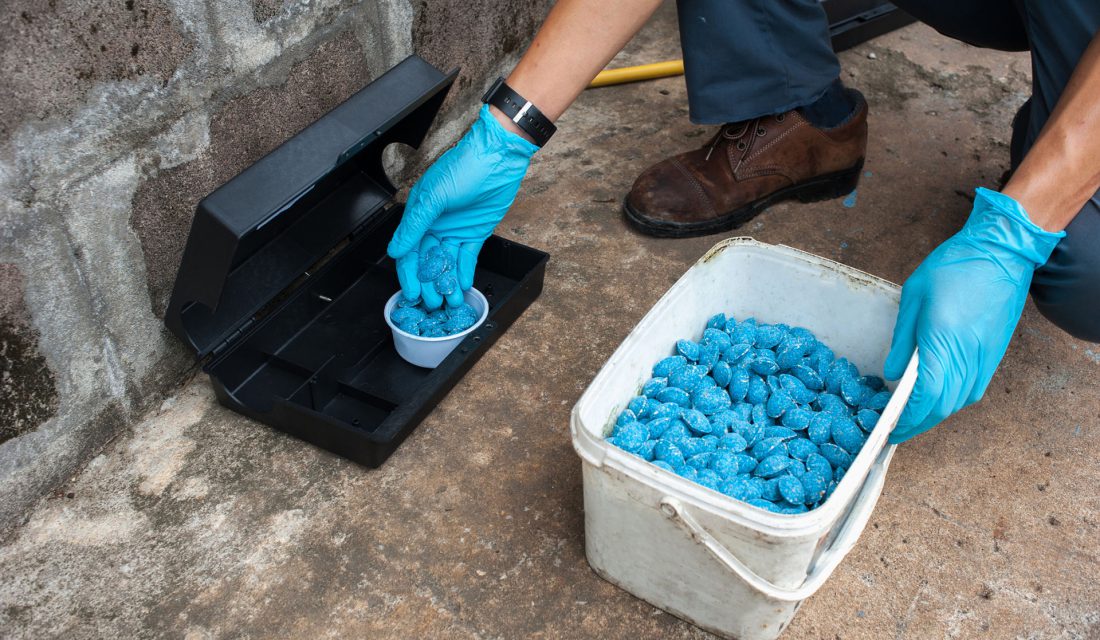
Did you know rat poison can kill more than rats and mice? It’s called secondary toxicity. When an owl snacks on a rodent that has ingested rat poison, it not only kills the rat, but the predator along with it. And it’s not just owls that can die from secondary toxicity, hawks and other birds of prey can also suffer. So avoid using these products to protect owls and other raptors in your area.
Provide Water for Bathing
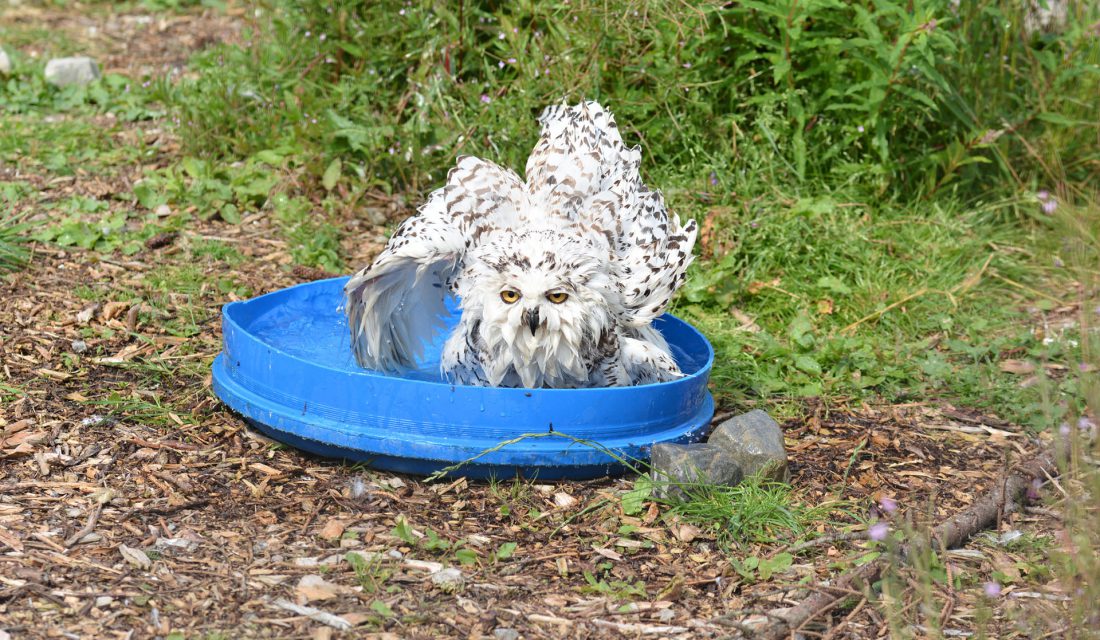
Like any other bird, owls appreciate a good bath. Place a deep birdbath in a quiet, wooded area of your yard to give them a safe spot to drink and bathe. Make sure the water is clean and changed regularly to keep them coming back for more.
Help Scientists by Watching Owls
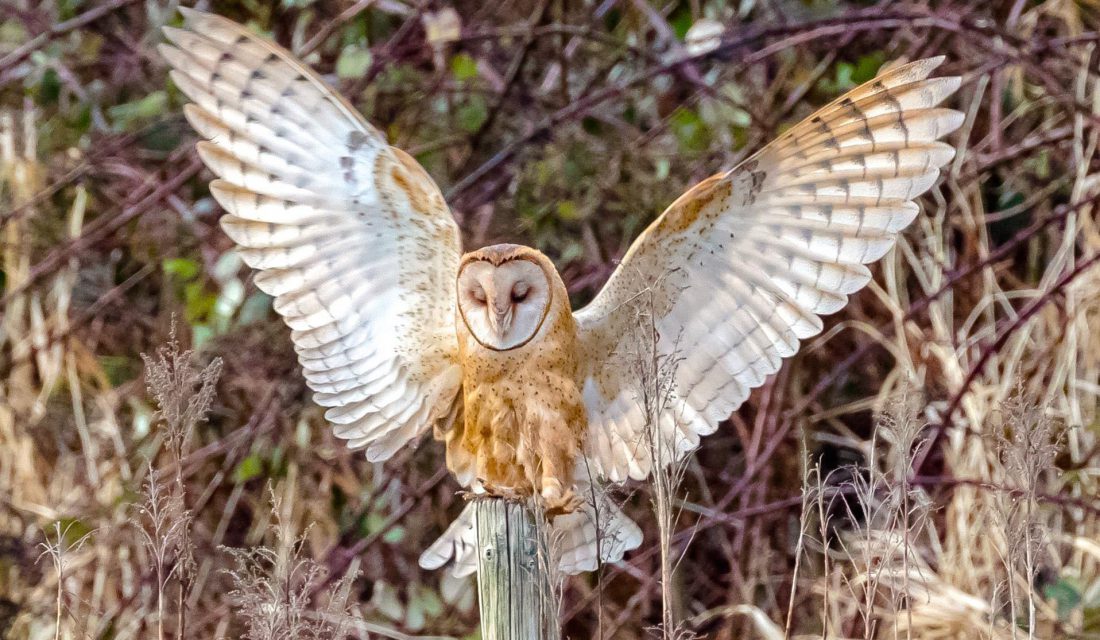
Love watching owls? Turn your observations into valuable data for scientists! By snapping photos and uploading them to iNaturalist Canada, you can help researchers track various owl populations and better understand their preferred habitats. It’s as simple as downloading the iNaturalist app or visiting iNaturalist.ca to share your sightings.

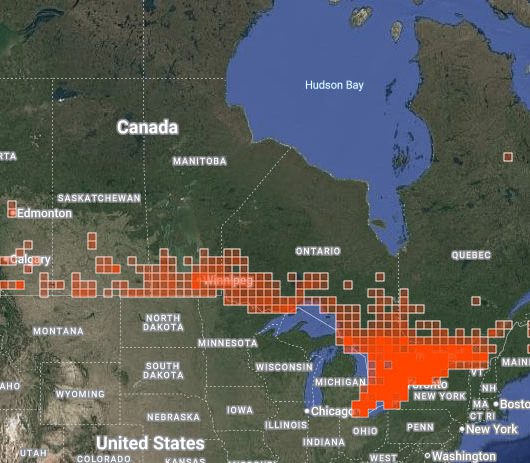
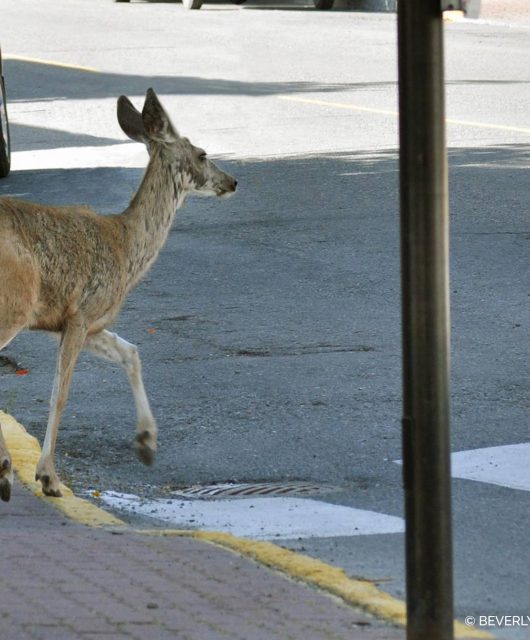
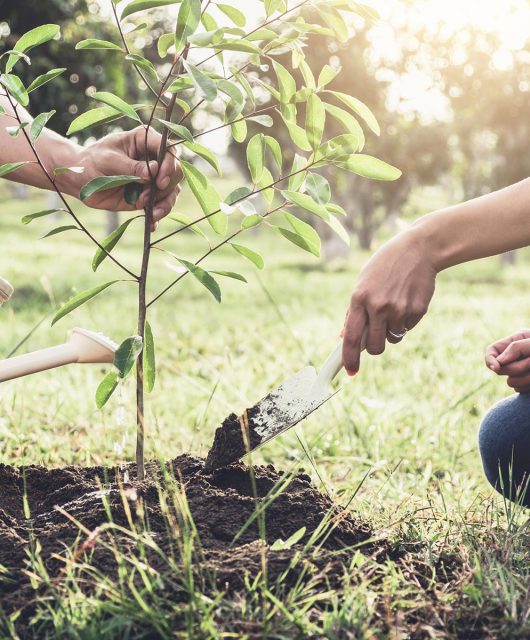
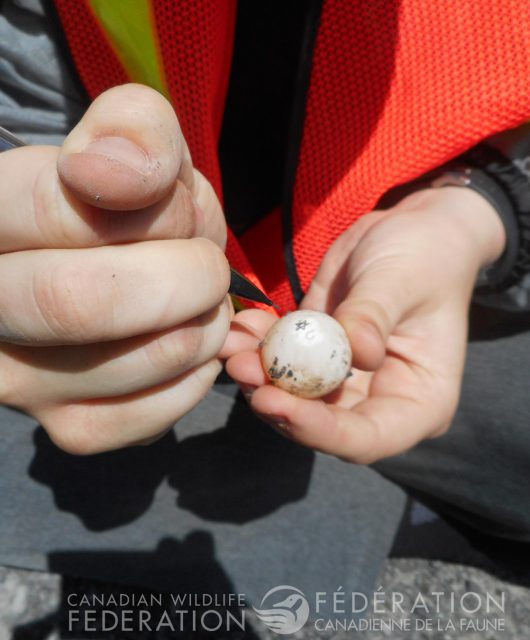
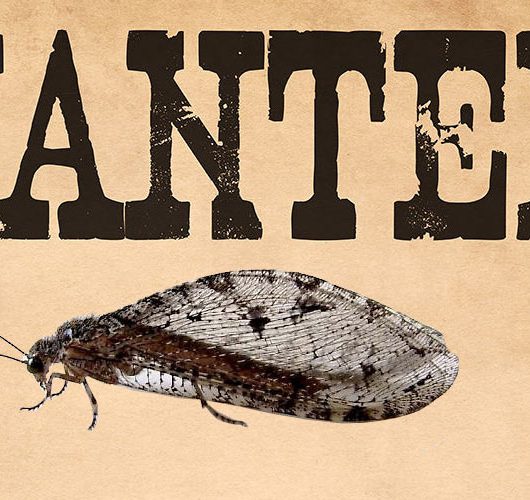
2 comments
Hi. My grandson loves animals and wants to have a farm some day. In the meantime, I have tried to teach him art. I don’t live with him but he took the knowledge and ran with it. The living, dining hall, staircase are loaded with pictures plus having 3 ring binders full of his pictures. Right now the owl is drawing our attention. He just loves painting or drawing every day. I wanted to tell him about the six ways to welcome owls to your backyard. What are you telling us.? Is there some way you can send him some information about the Snowy Owl? I want to paint a large picture of a snowy owl and he will do whatever he likes. Talk soon.
This is so lovely! Snowy Owls are fascinating and you can get a TON of information about them at Hinterland Who’s Who! I really hope this information will help you both: https://www.hww.ca/wildlife/birds/snowy-owl/ You can also check out a fun webinar we hosted on sketching nature: https://cwf-fcf.org/en/resources/downloads/webinars/public/sketching-in-nature.html Happy painting!